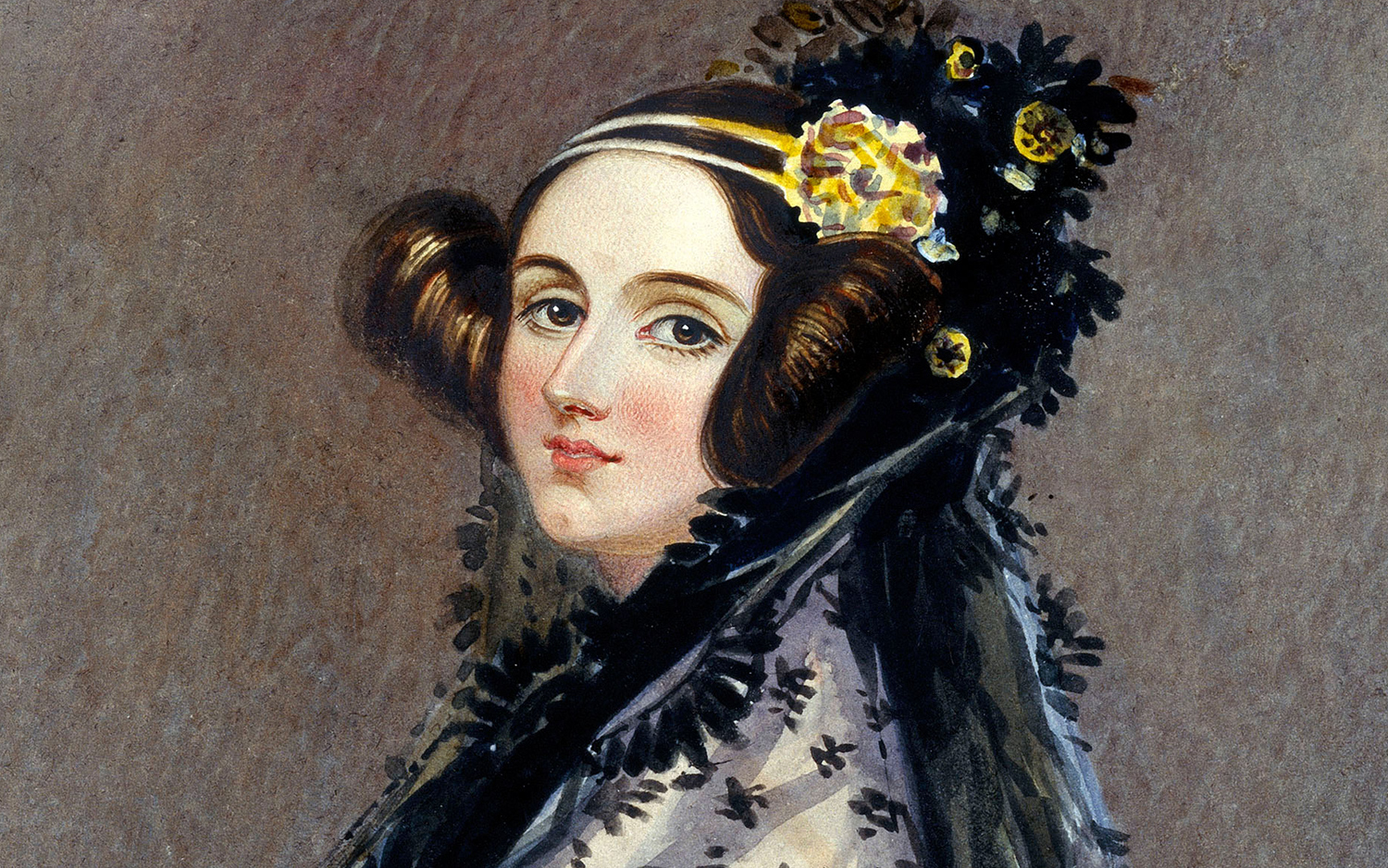The World's 1st Computer Algorithm, Written by Ada Lovelace, Sells for $125,000 at Auction

Young Ada Lovelace was introduced to English society as the sole (legitimate) child of scalawag poet Lord Byron in 1815. More than 200 years later, she is remembered by many as the first programmer in the history of computing.
On Monday (July 23), Lovelace's scientific reputation got a boost when a rare first edition of one of her pioneering technical works — featuring an equation considered by some to be the world's first computer algorithm — sold at auction for 95,000 pounds ($125,000) in the U.K. [Beyond Tesla: History's Most Overlooked Scientists]
In the rare book, titled "Sketch of the Analytical Engine Invented by Charles Babbage, Esq"(Richard & John Taylor, 1843), Lovelace translated a paper by Italian mathematician (and later Italian Prime Minister) Luigi Menabrea that describes an automatic calculating machine (aka, a computer) proposed by English engineer Charles Babbage.
Starting in her teen years, Lovelace collaborated extensively with Babbage. Her work on the 1843 manuscript was not just simple translation; her own contributions were longer than the original Menabrea paper, including copious new notes, equations and a formula she devised for calculating Bernoulli numbers (a complex sequence of rational numbers often used in computation and arithmetic).
This formula, some scholars say, can be seen as the first computer program ever written.
"She's written a program to calculate some rather complicated numbers — Bernoulli numbers," Ursula Martin, an Ada Lovelace biographer and professor of computer science at the University of Oxford, told The Guardian. "This shows off what complicated things the computer could have done."
According to auction house Moore Allen & Innocent, the "extremely rare" book is one of six first editions known to exist. Auctioneer Philip Allwood called the book "arguably the most important paper in the history of digital computing before modern times."
Sign up for the Live Science daily newsletter now
Get the world’s most fascinating discoveries delivered straight to your inbox.
In the auctioned copy, "Lady Lovelace" is inscribed below a line on the title page reading "with notes by the translator." (This inscription, among other handwritten notes scribbled throughout the document, are believed to have been written by Lovelace's friend Dr. William King, who is thought to be the book's original owner.) According to a statement from Moore Allen & Innocent, Lovelace's identity as the author was not revealed until 1848, just four years before she died of cancer at age 36.
Though Lovelace showed a mathematical aptitude her entire life, she is best known for her collaboration with Babbage on the automatic calculating machines, the "Difference Engine" and the never-built "Analytical Engine." The extent of Lovelace's contributions to this work have been debated by scholars for centuries, but evidence of her mathematical prowess — including correspondence with Babbage and handwritten notes of algorithms — continues to mount.
"Recent scholarship, seeing past the naivety and misogyny of earlier work, has recognized that [Lovelace] was an ablemathematician," Martin told The Guardian. "Her [auctioned] paper went beyond the [limitations] of Babbage's never-built invention to give far-reaching insights into the nature and potential of computation."
Originally published on Live Science.

Brandon is the space/physics editor at Live Science. His writing has appeared in The Washington Post, Reader's Digest, CBS.com, the Richard Dawkins Foundation website and other outlets. He holds a bachelor's degree in creative writing from the University of Arizona, with minors in journalism and media arts. He enjoys writing most about space, geoscience and the mysteries of the universe.









